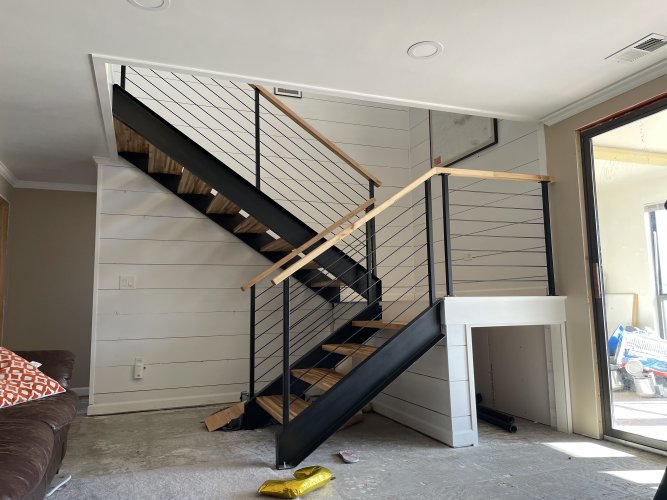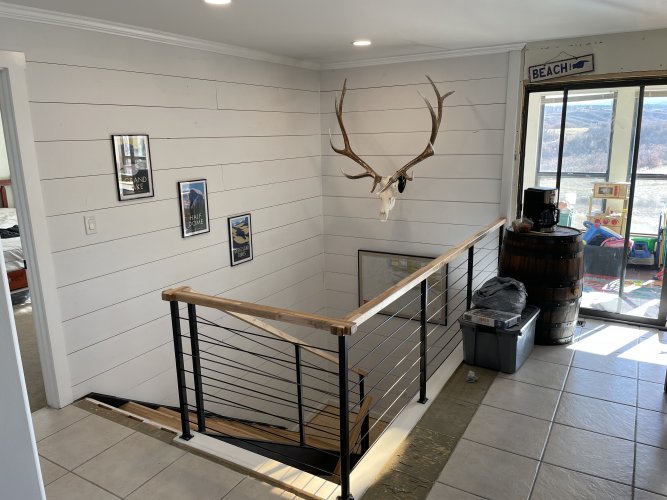Sagebrush1
Well-known member
My son did some welding in his shop class this year, and now he wants a welder. I wouldn’t mind having one either, ha!
It would just be for light vehicle / garage / home projects.
Would a 110, gassless, wire-fed system work for us? What can this setup not do? What’s a typical price point? Can these setups incorporate a plasma cutter?
Thanks in advance,
Jim
It would just be for light vehicle / garage / home projects.
Would a 110, gassless, wire-fed system work for us? What can this setup not do? What’s a typical price point? Can these setups incorporate a plasma cutter?
Thanks in advance,
Jim







